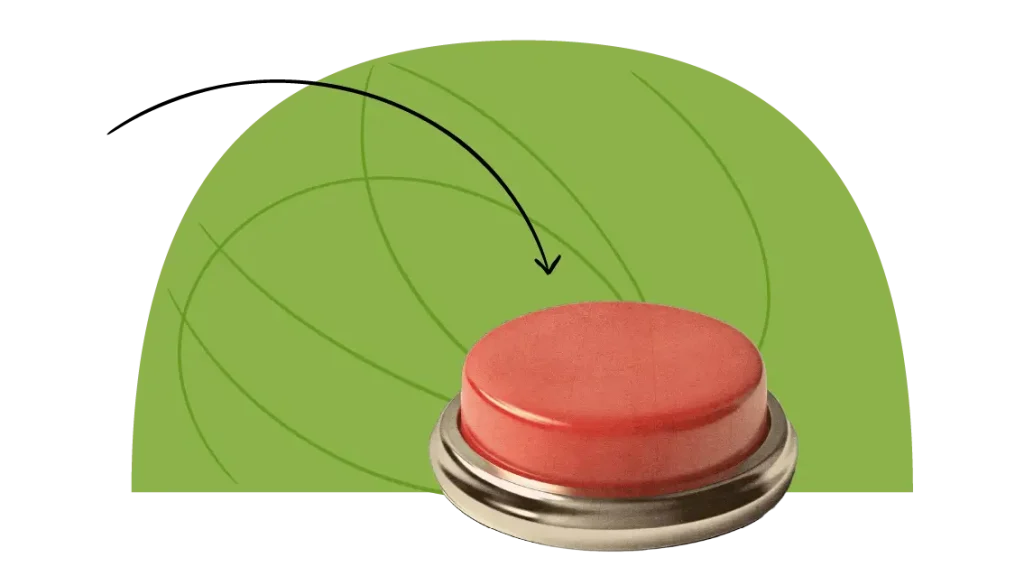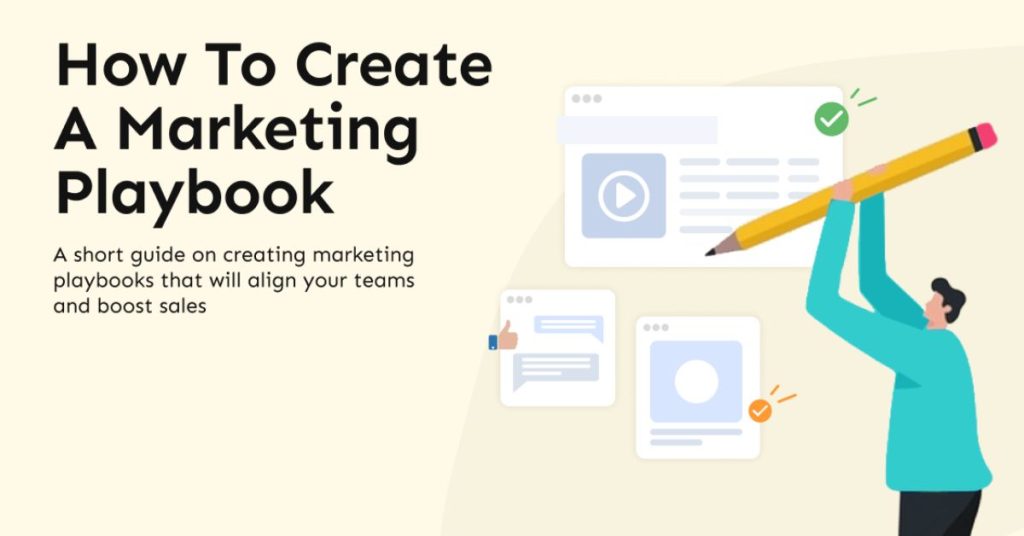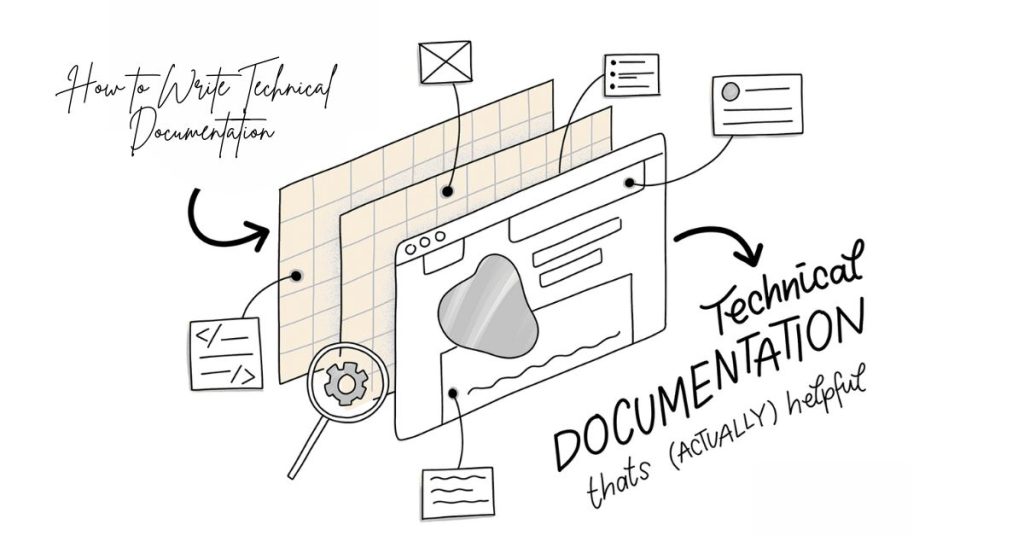In the hustle of daily work, routines creep in and become automatic. Meetings, check-ins, weekly reviews, planning sessions — before you know it, your calendar is full of rituals. At first they helped stabilize things: they aligned your team, created structure, and kept momentum going. But over time, many of these routines can lose their potency. They become background noise, rote tasks, or even emotional drains.
This is where the concept of a ritual reset comes in. A ritual reset is a thoughtful pause — an intentional moment to step back, examine your existing habits, and re-craft your routines so that they again serve purpose and energy, rather than simply occupying space on the calendar.
In this post we’ll explore:
What a ritual reset is — and what it isn’t
The signs that you might need one
A step-by-step method for performing a reset
Best-practice guidelines to make it sustainable
How to build resilience and avoid burnout through evolving rituals
By the end you’ll have a framework to refresh the rhythms of your work and make sure your habits stay aligned with what matters most.
What is a Ritual Reset?
A ritual reset is not about adding another productivity hack or getting a new tool. It’s deeper: it’s about creating space, clarity and intention for how you and your team work. Instead of feeling like you’re just shifting tasks from one list to another, a reset helps you ask: Why are we doing this? Does it still serve us?
At its core, a ritual reset is a deliberate pause. You step back, reflect on the rituals (meetings, check-ins, review sessions) that your routine has built up, and you reshape them — not necessarily from scratch, but with clear intention. Over time, even the best rituals get stale: what once boosted alignment now drags, what once enabled focus now distracts.
Think of it like cleaning up an over-edited shared document that’s become messy and confusing. You’re not rewriting the entire file, you’re restoring clarity. In the same way your routines and rituals are systems with momentum — they support how work flows, how people connect, how progress is made. A reset helps realign those systems with the current reality of your work, not just how things worked six months or a year ago.
Why is this important? Because when rituals go stale:
They consume time and attention without clear outcomes
They become automatic rather than meaningful
They push people off natural rhythms rather than enabling them
They risk burning out energy rather than preserving it
By taking time to reset, you give yourself the chance to reclaim your time, cut the noise, rebuild routines that serve real work — not just fill the schedule.
Signs You Need a Ritual Reset
How do you know when a ritual reset is overdue? Here are some tell-tale signals:
1. Progress feels vague even when work is constant
You and your team are busy, calendars are full, tasks get checked off — but it’s hard to point to meaningful outcomes. The volume of activity is high, but direction and impact are unclear. This often happens when your processes continue out of habit, but the rituals no longer reflect the actual work being done.
You might notice: recurring meetings that feel like habits rather than decision-points; weekly goals checked off without meaning; to-do lists growing faster than they’re being cleared.
2. Energy and attention are scattered
Even high-performing teams lose rhythm when their rituals stop matching their current reality. What once helped keep things afloat becomes a drag. Examples:
Mid-week energy dips that feel normal rather than exceptional
Creative or deep-work tasks consistently getting pushed aside for recurring low-priority work
Tools or dashboards being ignored because they feel irrelevant
Without intervention, this leads to burnout — not necessarily because there’s too much work, but because the structure doesn’t support the work anymore.
3. There’s friction where there used to be flow
You might hear someone say: “That’s just how we do things.” That phrase is a red flag. It signals routines have become mechanical, unquestioned — and probably outdated. When the question of why is absent, rituals run on autopilot.
If tools, meetings, or cycles feel performative — like they’re being done because “we always do them” — then your system is misaligned. A ritual reset opens space to reflect on: what no longer serves us? What habits have we outgrown?
Ignoring these signals doesn’t just cost hours — it erodes focus, momentum and alignment. The earlier you detect them, the less drastic your reset needs to be. Small intelligent changes now can save many hours (and many headaches) later.
How to Perform a Ritual Reset: A Four-Step Framework

Resetting your rituals works best when it’s structured, intentional, actionable, and designed to stick. Here is a four-step framework you can follow:
Step 1: Identify what’s not working
Begin with an audit of your current rituals. This isn’t just about listing meetings or routines — it’s about classifying them and understanding their impact. Consider dividing them into three categories:
Essential – Rituals that are still energizing and tied to outcomes
Optional – Rituals that are sometimes useful but not always needed
Outdated – Rituals that drain time or energy without delivering value
In this step you may also map your team’s energy across a typical week: when do things flow easily? When does progress stall? Such a map helps reveal whether rituals reinforce momentum or fight against it. Collect feedback with questions like:
What part of the week feels the most structured (in a good way)?
Where do we go off-track or skip steps?
Are there rituals we’ve outgrown, or ones we wish existed?
This is not about tearing everything down. It’s about shared understanding of what’s no longer serving so your reset is built on clarity, not assumption.
Step 2: Define your ideal routine
Here you shift from what’s wrong to what’s possible. Your team already has rituals — now you decide what you want them to be. Key questions:
What routines actually help your team create, achieve, and stay in sync — without overload?
How can the rhythm of your work support deep focus, clean handoffs, reflection — not just block off hours?
Think of the routine as scaffolding: it holds up your work, not restricts it. Anchor points might include:
A Monday kickoff to align priorities and energy
A mid-week pulse check to catch what’s slipping
A Friday wind-down or reflection time
Shared no-meeting blocks for focused work
Open or flexible space for regrouping or rethinking
The key: ensure the routine reflects how your team actually works now — not how it worked six months ago. The routine should be responsive, not rigid. It should support people’s natural energy and project rhythms, and crucially — leave room to breathe.
Step 3: Embed structure and accountability
A beautiful design won’t work if it never gets implemented. Embedding your new rituals into the flow of work helps them stick. Consider these support mechanisms:
Visualize time and priorities: If no one knows what a ritual looks like, it’s easy to ignore. Map the new rhythms in the calendar so shared blocks, focus time, reflection time are visible and respected.
Track progress and outcomes: Rituals only make sense when tied to outcomes. Use dashboards or visual indicators to show what’s moving, what’s stalled — so routines become measurable systems, not just habitual activities.
Automate repeatable parts: When possible, build in automation so recurring reviews, follow-ups, or task flows happen without constant manual effort. It frees mental space and ensures consistency.
Link rituals to meaningful goals: If rituals are divorced from purpose, they become checkbox tasks. Connect them to real outcomes, project milestones, or team objectives so people see the why behind the when.
Reminders and reinforcement: Even with structure, things slip. Visual or timed reminders help reinforce important moments — a weekly reflection, a reset prep, etc.
Step 4: Build consistency while avoiding burnout
Resetting is the easy part; maintaining the new rhythm is where the real discipline lies. Consistency doesn’t mean rigidity — it means creating rituals that evolve with you. Some guidelines:
Normalize the reset itself: Make ritual reviews built into the system. It shouldn’t be a last-ditch effort when things fall apart, but a regular check-in: Is this still working?
Create rituals that breathe: Not every ritual needs to be a meeting or checklist. Some can be quiet, some solo, some about not doing. For example:
A few minutes of silence before starting the day
Dropping a task mid-week to create space
Replacing an end-of-day check-in with a moment of reflection rather than a report
Design for energy, not just output: Watch how your team feels, not just what they produce. Ask:
Are there energy dips baked into the week?
Are rituals helping people stay focused — or just filling time?
Is anyone “going through the motions” rather than actively engaged?
Let rituals evolve: The trap is thinking the reset is “done.” But rituals are living systems — they must grow with the team, the work, the environment. Protect what’s working, remove what isn’t, leave space for the unexpected.
Best Practices for an Effective Ritual Reset

Having done the design and embed phases, here are five best-practice guidelines to ensure your reset sticks and scales.
1. Assign ritual owners, not just participants
Every recurring ritual should have someone responsible for its health — not necessarily to run it every time, but to care if it’s working. Ownership drives reflection, iteration, and longevity. Examples:
One owner per team-wide ritual (kickoff, review)
Rotating owners for stand-ups or retrospectives
Clear responsibility for sunsetting rituals when they stop adding value
2. Set clear success signals
If a ritual runs but no one knows what “success” looks like, it will drift into meaningless. Define for each ritual:
What outcome should it support?
What behavior should it reinforce?
What conditions would make us stop doing it?
Success signals create clarity and guard against “we just do this because we’ve always done it.”
3. Review across layers, not just timelines
It’s common to review rituals on a weekly, monthly, quarterly schedule. But going deeper:
Are processes aligned across teams, or do different groups run the same ritual in three different ways?
Are you optimizing the ritual or the workflow behind it?
Are there duplications or conflicting rhythms?
A layered review ensures your system stays integrated, not fragmented.
4. Track drift, not just performance
A ritual might still happen, but not in the way it was intended. Maybe it runs longer than planned, or half the group zones out. That’s drift. Track where the original design has been compromised. That’s often where the cracks begin — and where a reset should happen before performance drops.
5. Build rituals into onboarding
If you want the rhythm to last, bake it into how new members join the team. Introduce core rituals and their purpose, not just the mechanics. When people understand why a ritual exists, they’re more likely to buy in and engage. That turns cultural memory into shared muscle.
The Benefits You’ll Get from a Ritual Reset
When done well, a ritual reset delivers more than just tidier calendars or fewer meetings. It brings deeper benefits:
Increased clarity and focus: When rituals align with outcome and purpose, it’s easier to focus on what matters instead of busy work.
Stronger alignment and momentum: Shared routines that reflect current reality help a team pull in one direction, not multiple.
Reduced burnout and better energy flow: By eliminating stale or over-loaded rituals, you free up cognitive and emotional energy for meaningful work.
Better adaptability: With a habit of resetting built in, the team is more agile and responsive to change — rather than locked into routines that no longer serve.
Improved culture of reflection: Making ritual resets normal fosters a culture of thinking about how you work, not just what you do.
You move from working harder to working smarter, but also more intentionally and sustainably.
Practical Examples & Tips
Here are some practical ways you can start implementing a ritual reset in your context:
Timebox a reset session: Set aside a 60-90 minute session with the team to run through Step 1 (audit) and Step 2 (design ideal routine). Get everyone’s input rather than doing it in isolation.
Create a “ritual map”: Visually map out all recurring rituals (meetings, check-ins, reports) across a week or month. Mark which are essential, optional, outdated. Use it to identify clusters of overload or dead space.
Protect focus blocks: For example, establish a shared “no-meeting” window each week where everyone does deep work. Make it a ritual.
Make rituals visible: Use your calendar, dashboards, or simple visual cues so people know what the ritual is, when it runs, and why it exists.
Rotate owners: For recurring rituals like team retrospectives or stand-ups, rotate the owner. It keeps the ritual fresh and gives different people ownership.
Insert micro-resets: Outside of team rituals, encourage individual reset moments — short, portable practices to shift from one work state to another. For instance, after a meeting, take 3 minutes to write your next action, close unrelated tabs, stand up and stretch. This supports the bigger team rituals.
Schedule ritual reviews: Make the ritual reset itself a recurring agenda item (quarterly, bi-annual) so you revisit and refresh — rather than waiting until things break down.
Avoiding Common Pitfalls
Here are some mistakes teams often make — and how to avoid them:
Mistaking rigidity for consistency: Some teams confuse structure with inflexibility. But rituals should evolve. If you never ask “should we still do this?” you risk stagnation.
Confusing activity with impact: Just because a ritual is happening doesn’t mean it’s meaningful. Track outcomes, not just the fact of a meeting.
Ignoring energy versus output: Teams often track output (tasks done, hours logged) but skip tracking energy and morale. Burnout often creeps in through rituals that look productive but feel draining.
Failing to communicate purpose: Rituals lose meaning when people don’t know why they exist. Always attach a “why” to a “what”.
Trying to reset everything at once: A reset doesn’t have to be wholesale. Small, smart tweaks are often more sustainable. Trying to fix every routine in one sprint tends to overwhelm and fizzle.
Setting and forgetting: If you design a new ritual and never revisit it, it will drift. Regularly ask: Is this still working? Should we improve or stop?
Making the Reset Habit—Not Just a One-Off

One of the most important elements: a ritual reset should itself become a routine. That is, you should build into your cadence the habit of resetting — not just once, but repeatedly.
Decide how often to revisit your rituals (for many teams, quarterly or semi-annual works well).
Treat this review like any other meeting or ceremony: assign an owner, set success signals, make it visible.
Use the reset process to ask: what’s changed since last time? What new rituals have we introduced? Which ones no longer serve?
Foster a mindset of continuous evolution: rituals aren’t static — they are living systems that must breathe.
Encourage everyone (including new hires) to participate in ritual review. Make it part of your culture, not just change management.
In doing so, you create a culture of reflection where the team not only performs work, but thinks about how they perform work.
Final Thoughts
If you’re noticing that your calendars are full but your results feel thin; if meetings feel ritualistic rather than strategic; if your team is executing but not aligned — then it’s time for a ritual reset.
But remember: this isn’t a one-time fix. It’s a cycle of reflection, design, embed, and evolution. The question isn’t “when will we stop and reset?” but “how will we keep making our rituals meaningful, aligned, and energizing?”
By auditing what no longer works, defining routines that reflect how your team actually operates today, embedding structure and accountability, and building in the habit of renewal, you’ll give your team — and yourself — the chance to work with purpose, not just momentum.
In the end, the value of a ritual reset isn’t just in cleaner processes. It’s in creating space for creativity, focusing attention on what matters, aligning habits with outcomes, and preserving the human energy behind all the work. It’s about reclaiming your time, your flow, and your intentionality — so you’re not just busy, you’re effective.
Let the reset begin.
Read More: The Eisenhower Matrix for Prioritization & Productivity: A Guide










